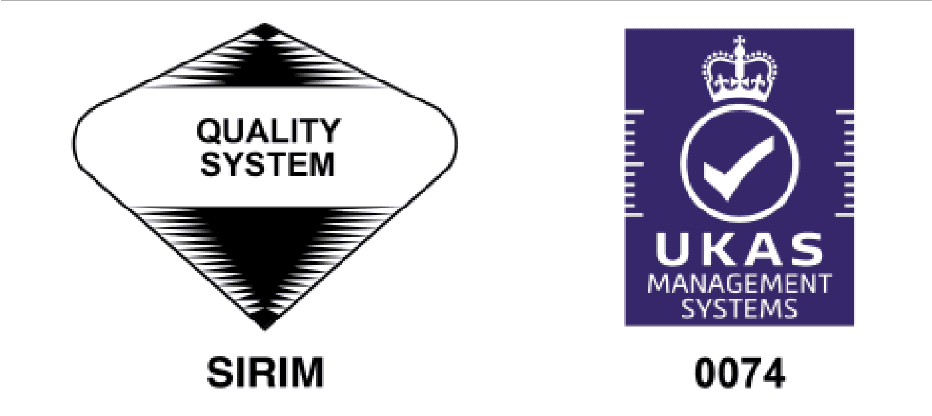Effective Date: January 1, 2025
Last Updated: January 1, 2025
1. Introduction
1.1 Net Onboard Sdn Bhd is committed to maintaining the highest standards of corporate governance, sustainability, and ethical business practices through a strong Board Governance & ESG Oversight Policy.
1.2 This policy defines the roles, responsibilities, and governance structure of the Board of Directors (BoD) and executive management in ensuring the company’s Environmental, Social, and Governance (ESG) compliance.
1.3 This policy applies to:
– The Board of Directors, executive leadership, management teams, and all key decision-makers.
– All ESG-related governance frameworks, reporting, and compliance obligations.
2. Board Responsibilities & Oversight Functions
2.1 Strategic ESG Leadership:
– The Board of Directors (BoD) oversees Net Onboard’s sustainability initiatives and ensures they align with corporate objectives.
– ESG risks and opportunities are integrated into strategic decision-making.
2.2 Governance & Risk Management:
– The Board ensures corporate governance policies align with Malaysian regulatory requirements.
– Legal, compliance, cybersecurity, and ethical risks are continuously monitored.
2.3 Stakeholder Engagement & Reporting:
– The Board is responsible for ESG reporting and engagement with investors, customers, and regulators.
– Transparent communication of ESG progress and challenges is a priority.
3. ESG Oversight & Compliance Framework
3.1 Board ESG Committee Formation:
– The ESG Oversight Committee is a dedicated team that monitors sustainability and governance compliance.
– This committee includes senior executives, ESG officers, and external sustainability experts.
3.2 Regulatory Compliance & Governance Standards:
– Compliance with Bursa Malaysia’s Sustainability Reporting Guidelines (if applicable).
– Adherence to the Malaysian Code on Corporate Governance (MCCG).
– Integration of OECD Principles of Corporate Governance into company policies.
4. ESG & Corporate Governance Reporting Structure
4.1 Board-Level ESG Reporting:
– The Board receives quarterly ESG reports and sustainability performance updates.
– Key ESG performance indicators (KPIs) are reviewed against corporate sustainability goals.
4.2 Annual Sustainability Disclosure:
– An Annual ESG Report is published, providing transparency on climate impact, social responsibility, and corporate governance.
– ESG performance is benchmarked against industry standards and international frameworks.
5. Executive Leadership & Accountability in ESG Implementation
5.1 Executive ESG Responsibilities:
– The CEO and executive leadership are responsible for implementing ESG strategies and sustainability targets.
– The Chief Sustainability Officer (CSO) ensures ESG frameworks are embedded into operations.
5.2 Sustainability Incentives for Leadership:
– Performance-based ESG incentives are incorporated into executive compensation structures.
– Sustainability leadership is evaluated annually, and performance is reported to stakeholders.
6. ESG Risk Management & Ethics Enforcement
6.1 Ethical Governance & Whistleblower Protection:
– A zero-tolerance policy on corruption, bribery, and fraud is enforced.
– Employees and stakeholders are encouraged to report violations via [email protected].
6.2 Climate & Environmental Risk Mitigation:
– Climate-related financial risks are assessed as part of business continuity planning.
– Sustainable business practices are enforced to reduce carbon footprint and environmental impact.
7. Board Composition & Independent Governance
7.1 Board Structure & Independence:
– The Board includes a mix of executive, non-executive, and independent directors.
– Independent directors ensure unbiased oversight of ESG performance and governance policies.
7.2 Board Training & ESG Knowledge Development:
– Ongoing corporate governance and ESG training is provided to Board members.
– Board members attend sustainability leadership programs and regulatory briefings.
8. ESG Impact Metrics & Continuous Improvement
8.1 ESG Performance Measurement:
– ESG goals are tracked through sustainability metrics, carbon footprint analysis, and ethical labor audits.
– Continuous improvement is encouraged through data-driven ESG decision-making.
8.2 Integration with Business Strategy:
– ESG principles are embedded into corporate planning, budgeting, and investment strategies.
– The Board ensures business growth aligns with sustainability commitments.
9. Governing Law & Dispute Resolution
9.1 This policy is governed by Malaysian law.
9.2 Governance-related disputes will be resolved through mediation before arbitration or litigation.
10. Amendments & Updates
10.1 Net Onboard reserves the right to update this Board Governance & ESG Oversight Policy at any time.
10.2 Users will be notified of material changes via email or system notifications.
For governance-related inquiries, contact [email protected].

Office Address
11-4, 2 Rio Office Park,
Persiaran Rio, Bandar Puteri,
47100 Puchong, Selangor, Malaysia.
Business Hours
Monday – Friday
09:30 AM – 18:30 PM GMT+8
Signup for our newsletter today to stay
ahead with the latest industry insights,
exclusive offers, and innovative solutions!
Company
Services

CERTIFIED TO ISO 9001 : 2015
CERT. NO. : QMS 03969

CERTIFIED TO ISO/IEC 27001 : 2013
CERT. NO. : ISMS 00429
@NET ONBOARD SDN. BHD. [200701038183 (796213-D)]
Adding {{itemName}} to cart
Added {{itemName}} to cart